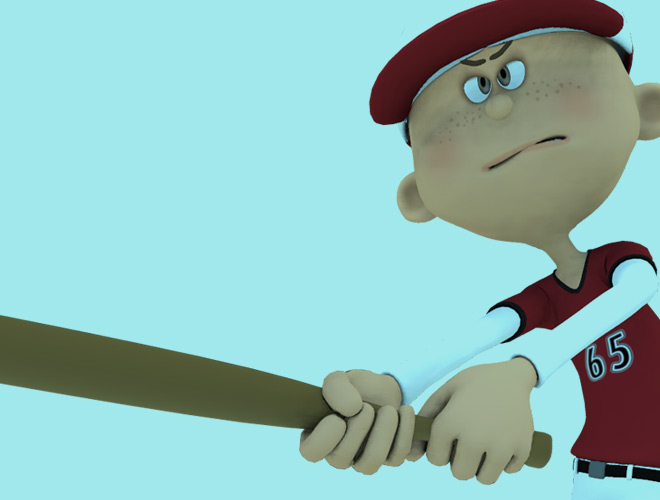Baseball

Baseball
Baseball is a bat-and-ball game played between two teams of nine players each who take turns batting and fielding. The batting team attempts to score runs by hitting a ball that is thrown by the pitcher with a bat swung by the batter, then running counter-clockwise around a series of four bases: first, second, third, and home plate. A run is scored when a player advances around the bases and returns to home plate.
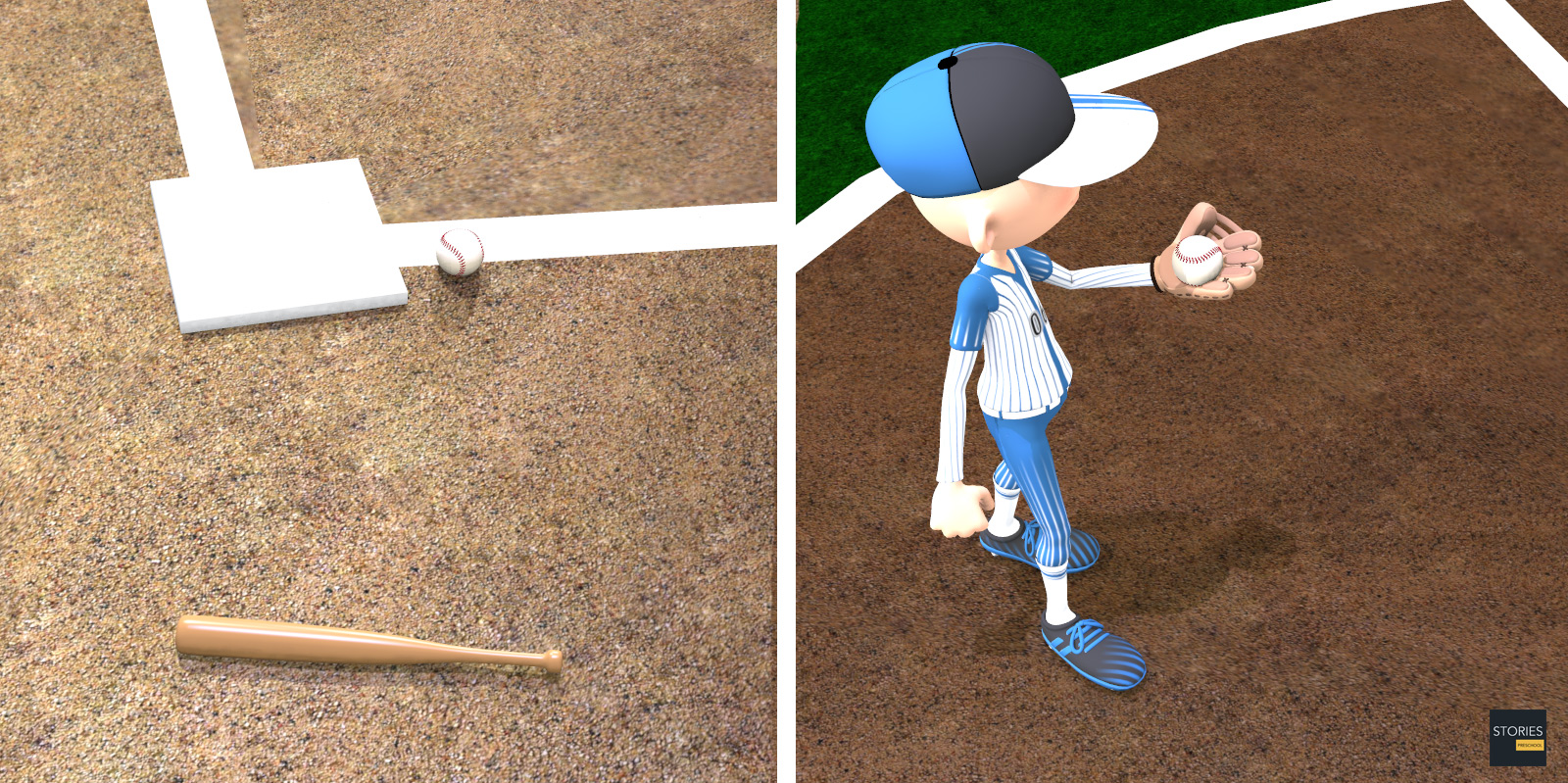
Players on the batting team take turns hitting against the pitcher of the fielding team, which tries to prevent runs by getting hitters out in any of several ways. A player on the batting team who reaches a base safely can later attempt to advance to subsequent bases during teammates' turns batting, such as on a hit or by other means. The teams switch between batting and fielding whenever the fielding team records three outs. One turn batting for both teams, beginning with the visiting team, constitutes an inning. A game comprises nine innings, and the team with the greater number of runs at the end of the game wins. Baseball is the only major team sport in America with no game clock, although almost all games end in the ninth inning.
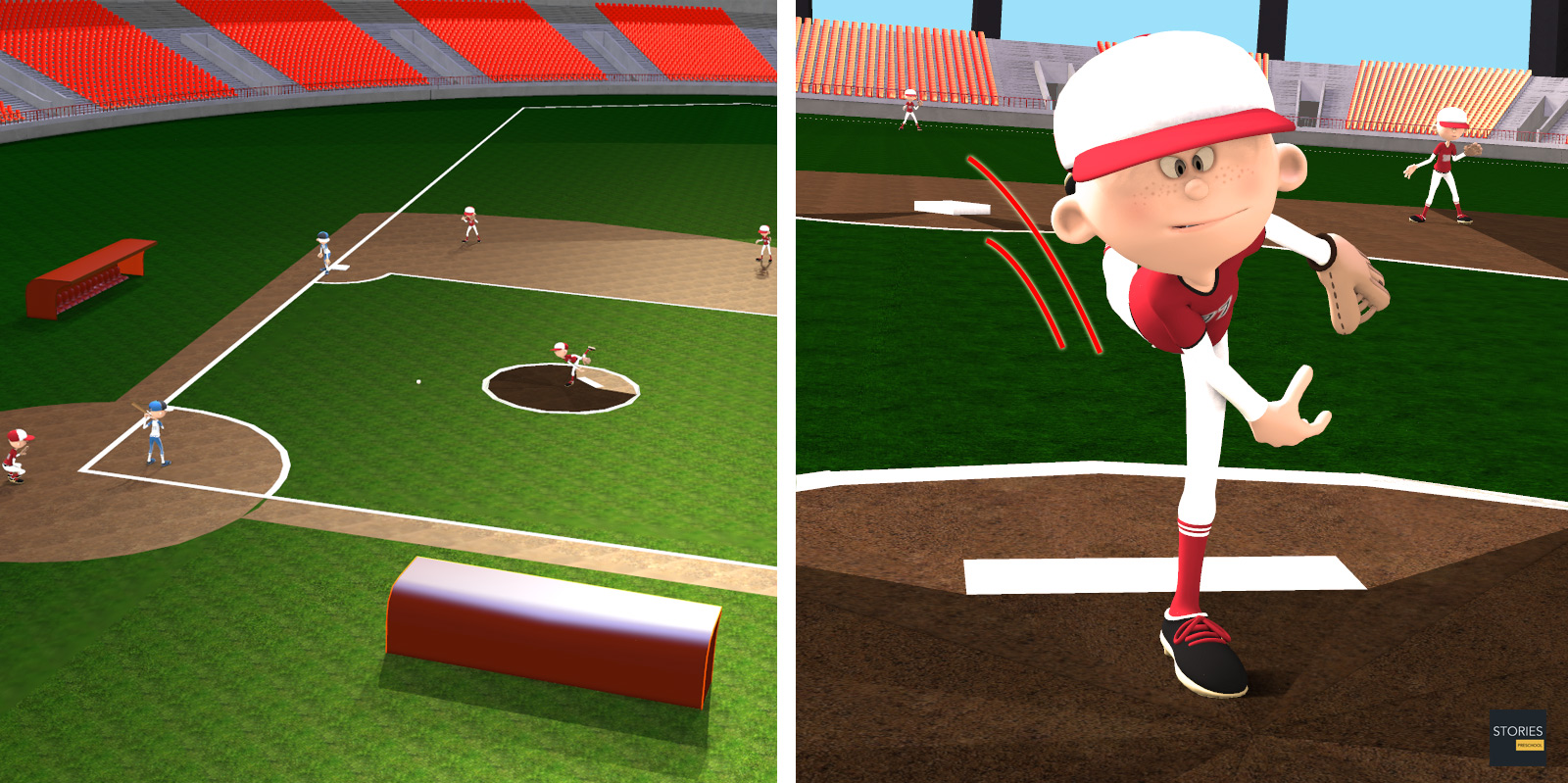
Evolving from older bat-and-ball games, an early form of baseball was being played in England by the mid-18th century. This game was brought by immigrants to North America, where the modern version developed. By the late 19th century, baseball was widely recognized as the national sport of the United States. Baseball is now popular in North America and parts of Central and South America, the Caribbean, and East Asia.
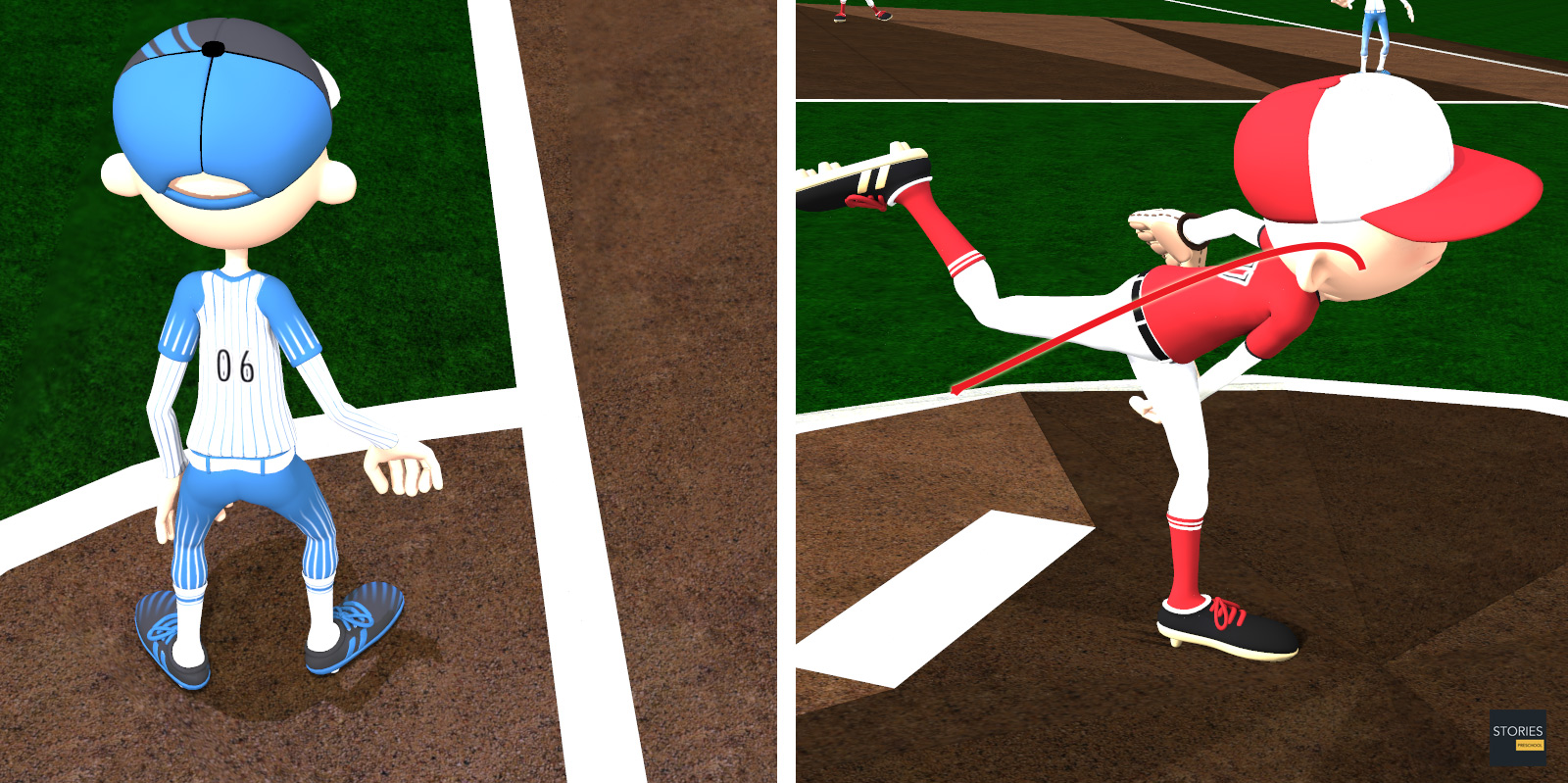
In the United States and Canada, professional Major League Baseball (MLB) teams are divided into the National League (NL) and American League (AL), each with three divisions: East, West, and Central. The major league champion is determined by playoffs that culminate in the World Series. The top level of play is similarly split in Japan between the Central and Pacific Leagues and in Cuba between the West League and East League.
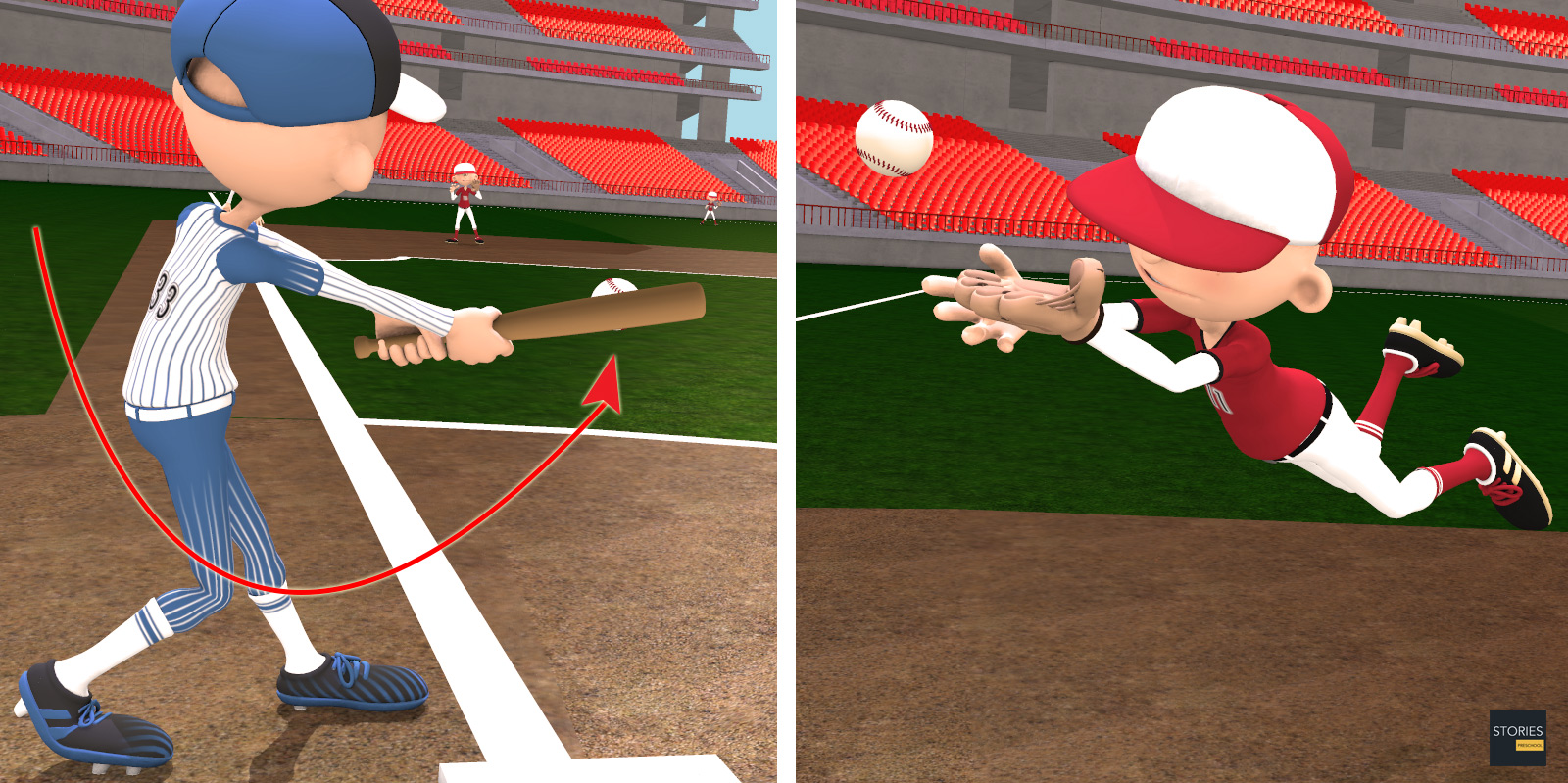
Origins of Baseball
The evolution of baseball from older bat-and-ball games is difficult to trace with precision. A French manuscript from 1344 contains an illustration of clerics playing a game, possibly la soule, with similarities to baseball. Other old French games such as thèque, la balle au bâton, and la balle empoisonnée also appear to be related.
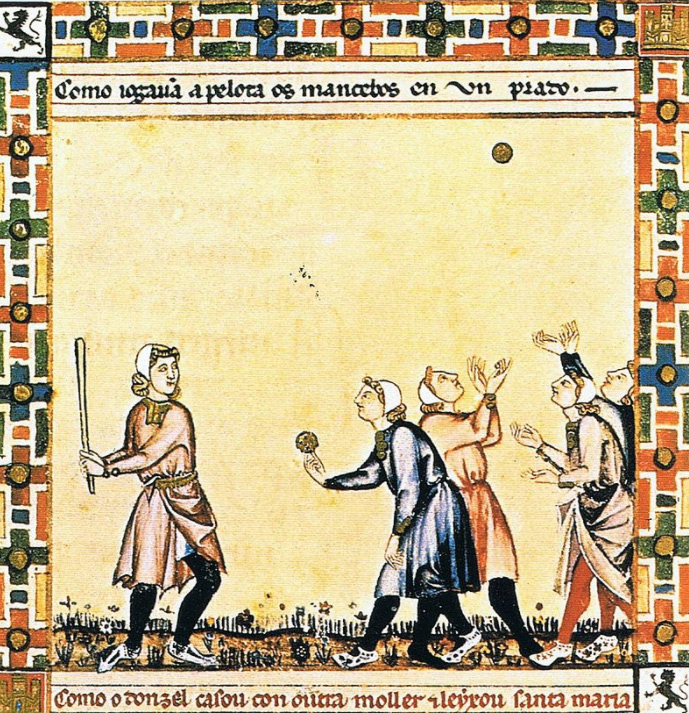
Consensus once held that today's baseball is a North American development from the older game rounders, popular in Great Britain and Ireland. Baseball Before We Knew It: A Search for the Roots of the Game (2005), by David Block, suggests that the game originated in England The Kingdom of Great Britain was a sovereign country in Western Europe from 1 May 1707 to the end of 31 December 1800. The state was created by the 1706 Treaty of Union and ratified by the Acts of Union 1707, which united the kingdoms of England (which included Wales) and Scotland to form a single kingdom encompassing the whole island of Great Britain and its outlying islands, with the exception of the Isle of Man and the Channel Islands.; recently uncovered historical evidence supports this position. Block argues that rounders and early baseball were actually regional variants of each other, and that the game's most direct antecedents are the English games of stoolball and "tut-ball". It has long been believed that cricket also descended from such games, though evidence uncovered in early 2009 suggests that cricket may have been imported to England from Flanders.
The Kingdom of Great Britain was a sovereign country in Western Europe from 1 May 1707 to the end of 31 December 1800. The state was created by the 1706 Treaty of Union and ratified by the Acts of Union 1707, which united the kingdoms of England (which included Wales) and Scotland to form a single kingdom encompassing the whole island of Great Britain and its outlying islands, with the exception of the Isle of Man and the Channel Islands.; recently uncovered historical evidence supports this position. Block argues that rounders and early baseball were actually regional variants of each other, and that the game's most direct antecedents are the English games of stoolball and "tut-ball". It has long been believed that cricket also descended from such games, though evidence uncovered in early 2009 suggests that cricket may have been imported to England from Flanders.
The earliest known reference to baseball is in a 1744 British publication, A Little Pretty Pocket-Book, by John Newbery. It contains a rhymed description of "base-ball" and a woodcut that shows a field set-up somewhat similar to the modern game—though in a triangular rather than diamond configuration, and with posts instead of ground-level bases. David Block discovered that the first recorded game of "Bass-Ball" took place in 1749 in Surrey, and featured the Prince of Wales as a player. William Bray, an English lawyer, recorded a game of baseball on Easter Monday 1755 in Guildford, Surrey. This early form of the game was apparently brought to Canada by English immigrants. Rounders was also brought to the USA by Canadians of both British and Irish ancestry. The first known American reference to baseball appears in a 1791 Pittsfield, Massachusetts, town bylaw prohibiting the playing of the game near the town's new meeting house. By 1796, a version of the game was well-known enough to earn a mention in a German scholar's book on popular pastimes. As described by Johann Gutsmuths, "englische Base-ball" involved a contest between two teams, in which "the batter has three attempts to hit the ball while at the home plate." Only one out was required to retire a side.
By the early 1830s, there were reports of a variety of uncodified bat-and-ball games recognizable as early forms of baseball being played around North America. These games were often referred to locally as "town ball", though other names such as "round-ball" and "base-ball" were also used. Among the earliest examples to receive a detailed description—albeit five decades after the fact, in a letter from an attendee to Sporting Life magazine—took place in Beachville, Ontario, in 1838. There were many similarities to modern baseball, and some crucial differences: five bases (or byes); first bye just 18 feet (5.5 m) from the home bye; batter out if a hit ball was caught after the first bounce. The once widely accepted story that Abner Doubleday invented baseball in Cooperstown, New York, in 1839 has been conclusively debunked by sports historians.
In 1845, Alexander Cartwright, a member of New York City's Knickerbocker Club, led the codification of the so-called Knickerbocker Rules. The practice, common to bat-and-ball games of the day, of "soaking" or "plugging"—effecting a putout by hitting a runner with a thrown ball—was barred. The rules thus facilitated the use of a smaller, harder ball than had been common. Several other rules also brought the Knickerbockers' game close to the modern one, though a ball caught on the first bounce was, again, an out and only underhand pitching was allowed. While there are reports that the New York Knickerbockers played games in 1845, the contest long recognized as the first officially recorded baseball game in U.S. history took place on June 19, 1846, in Hoboken, New Jersey: the "New York Nine" defeated the Knickerbockers, 23–1, in four innings (three earlier games have recently been discovered). With the Knickerbocker code as the basis, the rules of modern baseball continued to evolve over the next half-century.
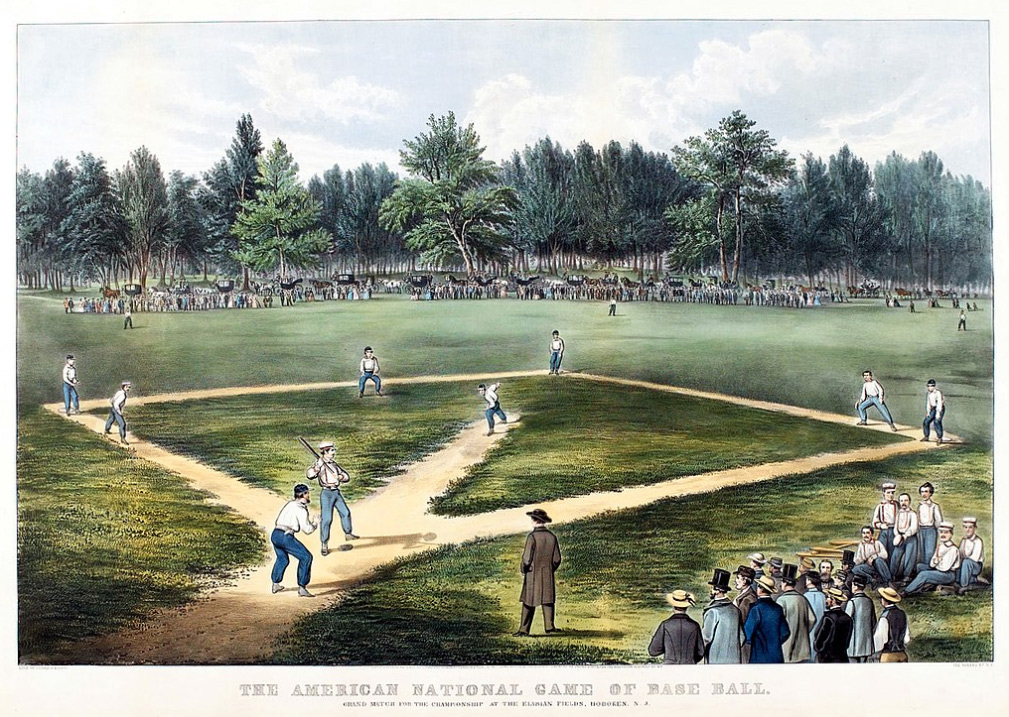
SPORTS

RESOURCES
This article uses material from the Wikipedia article "Baseball", which is released under the Creative Commons Attribution-Share-Alike License 3.0.
© Stories Preschool. All Rights Reserved.
